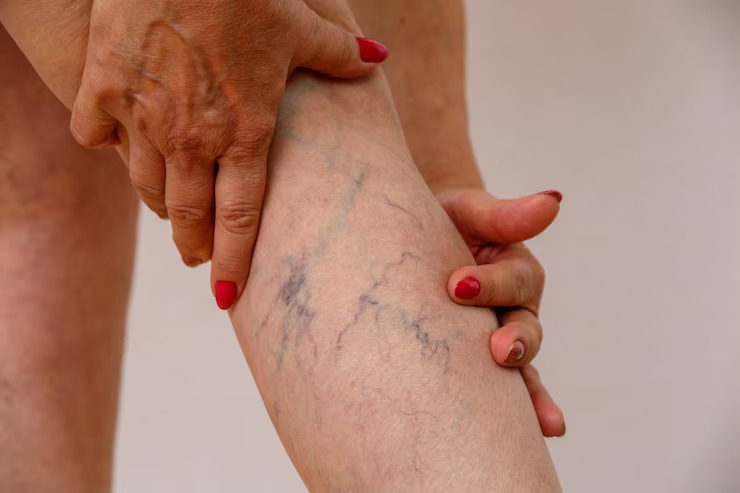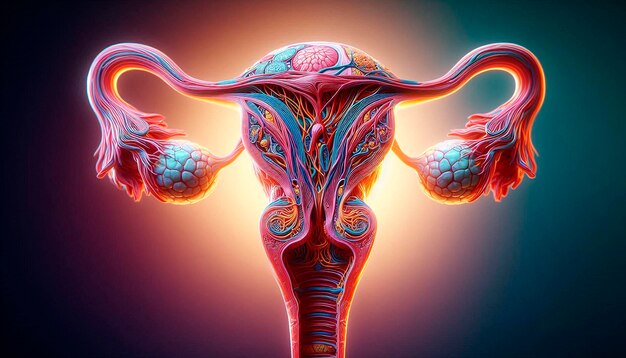Gangrene Rehabilitation: Enhancing Quality Of Life After Tissue Loss
Gangrene, a condition characterized by tissue death resulting from insufficient blood supply or bacterial infection, often leads to tissue loss and significant impairment of affected body parts. While treatment primarily focuses on preventing further spread and saving as much tissue as possible, rehabilitation plays a crucial role in restoring function and enhancing the quality of life for individuals who have experienced tissue loss due to gangrene. In this article, we delve into the various aspects of gangrene rehabilitation, including its goals, approaches, challenges, and the potential for improving outcomes and restoring independence for those affected.
Understanding Gangrene Rehabilitation
Gangrene rehabilitation aims to address the physical, psychological, and social consequences of tissue loss while promoting optimal recovery and adaptation. This multifaceted approach involves interdisciplinary collaboration among healthcare professionals, including physicians, surgeons, physiotherapists, occupational therapists, prosthetists, psychologists, and social workers.
Goals of Gangrene Rehabilitation
The primary goals of gangrene rehabilitation are to:
- Restore physical function: Through tailored exercises, assistive devices, and prosthetic intervention, rehabilitation aims to improve mobility, strength, and dexterity in affected limbs or body parts.
- Manage pain and discomfort: Chronic pain is common in individuals with gangrene-related tissue loss. Rehabilitation strategies may include pain management techniques, such as medications, physical modalities, and psychological interventions, to alleviate symptoms and improve overall comfort.
- Enhance independence and activities of daily living (ADLs): Rehabilitation focuses on regaining independence in self-care tasks, such as dressing, grooming, bathing, and household activities, to promote autonomy and self-esteem.
- Prevent complications: Individuals with gangrene-related tissue loss are at risk of developing complications, such as contractures, pressure ulcers, and secondary infections. Rehabilitation aims to mitigate these risks through education, preventive measures, and early intervention.
- Facilitate psychosocial adjustment: Coping with the physical and emotional impact of tissue loss can be challenging. Rehabilitation provides counseling, support groups, and psychosocial interventions to address psychological distress, promote coping skills, and enhance social integration.
Approaches to Gangrene Rehabilitation
Gangrene rehabilitation employs a variety of approaches tailored to individual needs and circumstances. These may include:
- Physical therapy: Physical therapists design customized exercise programs to improve strength, flexibility, range of motion, and functional mobility in affected limbs or body parts. Modalities such as heat, cold, electrical stimulation, and therapeutic ultrasound may also be utilized to alleviate pain and promote tissue healing.
- Occupational therapy: Occupational therapists focus on restoring independence in activities of daily living (ADLs), vocational tasks, and leisure pursuits. They may provide adaptive equipment, training in assistive devices, and environmental modifications to optimize functional independence and participation.
- Prosthetic rehabilitation: For individuals who have undergone limb amputation due to gangrene, prosthetic rehabilitation plays a crucial role in restoring mobility and facilitating prosthetic use. Prosthetists work closely with patients to custom-fit and adjust prosthetic devices, provide training in prosthetic use and care, and address any residual limb issues.
- Pain management: Multimodal pain management approaches may include pharmacological interventions, such as analgesics, anti-inflammatory drugs, and nerve blocks, as well as non-pharmacological modalities, such as physical therapy, acupuncture, transcutaneous electrical nerve stimulation (TENS), and relaxation techniques.
- Psychosocial support: Psychologists, counselors, and social workers offer emotional support, counseling, and coping strategies to help individuals and their families navigate the psychosocial challenges associated with gangrene-related tissue loss. Support groups and peer mentoring programs may also provide valuable peer support and encouragement.
- Education and self-management: Education plays a crucial role in empowering individuals with the knowledge and skills needed to manage their condition effectively. Rehabilitation professionals provide education on wound care, skin hygiene, nutrition, medication management, signs of complications, and strategies for preventing future tissue damage.
Challenges in Gangrene Rehabilitation
Despite the potential benefits, gangrene rehabilitation faces several challenges, including:
- Access to specialized care: Access to comprehensive rehabilitation services, particularly in resource-constrained settings, may be limited, leading to disparities in care and outcomes for individuals with gangrene-related tissue loss.
- Multimorbidity and complexity: Many individuals affected by gangrene have multiple comorbidities and complex medical needs, which can complicate rehabilitation efforts and require a multidisciplinary approach.
- Psychological adjustment: Coping with the physical and emotional consequences of tissue loss, including grief, loss of identity, and fear of stigma, can be challenging. Psychosocial support and counseling are essential components of rehabilitation but may be underutilized or insufficiently available.
- Financial constraints: Rehabilitation services, assistive devices, and prosthetic devices can be costly, placing financial strain on individuals and families, particularly in settings without adequate insurance coverage or social support systems.
- Cultural and social factors: Cultural beliefs, attitudes, and societal perceptions of disability may influence the acceptance and utilization of rehabilitation services, leading to barriers to care and participation.
Future Directions in Gangrene Rehabilitation
Despite these challenges, advances in rehabilitation technology, evidence-based practice, and interdisciplinary collaboration offer promising opportunities to enhance the effectiveness and accessibility of gangrene rehabilitation. Future directions in gangrene rehabilitation may include:
- Tele-rehabilitation: Telehealth and tele-rehabilitation platforms have the potential to expand access to rehabilitation services, particularly in underserved areas or during public health emergencies such as the COVID-19 pandemic.
- Advanced prosthetic technologies: Innovations in prosthetic design, materials, and control systems, including myoelectric and brain-computer interface (BCI) technologies, hold promise for improving prosthetic function and user experience.
- Personalized rehabilitation interventions: Advances in precision medicine and bioinformatics may enable the development of personalized rehabilitation interventions tailored to individual characteristics, preferences, and needs.
- Community-based rehabilitation: Collaborative partnerships between healthcare providers, community organizations, and local stakeholders can enhance the delivery of rehabilitation services and promote community integration and support for individuals with gangrene-related tissue loss.
- Advocacy and policy initiatives: Advocacy efforts aimed at raising awareness of the importance of rehabilitation for individuals with gangrene-related tissue loss and advocating for improved access to rehabilitation services, insurance coverage, and social support programs can help address disparities in care and promote equity in rehabilitation outcomes.
Conclusion
Gangrene rehabilitation plays a vital role in enhancing the quality of life and promoting functional independence for individuals who have experienced tissue loss due to gangrene. By addressing the physical, psychological, and social consequences of tissue loss and promoting optimal recovery and adaptation, rehabilitation professionals help individuals rebuild their lives and achieve meaningful participation in work, family, and community life.
For any further queries, Plz visit drankitinterventionalradiologist.com







